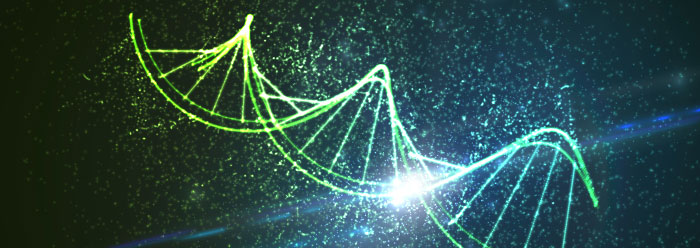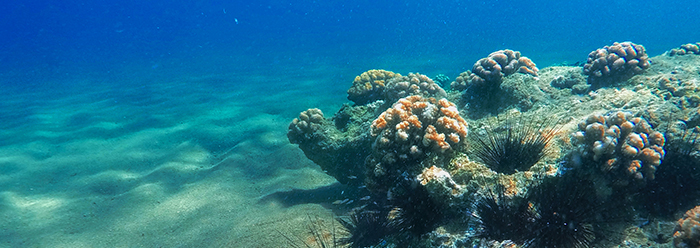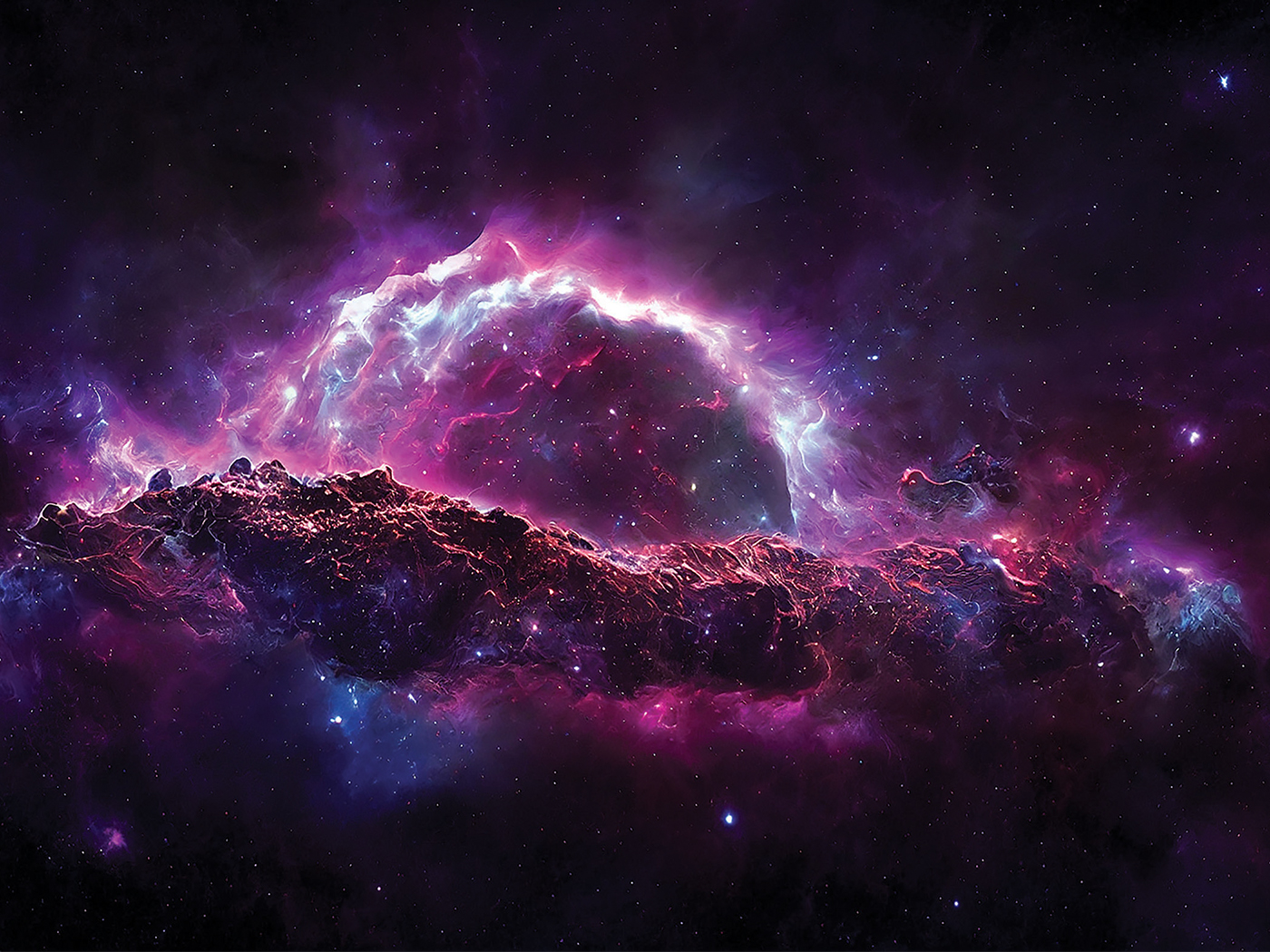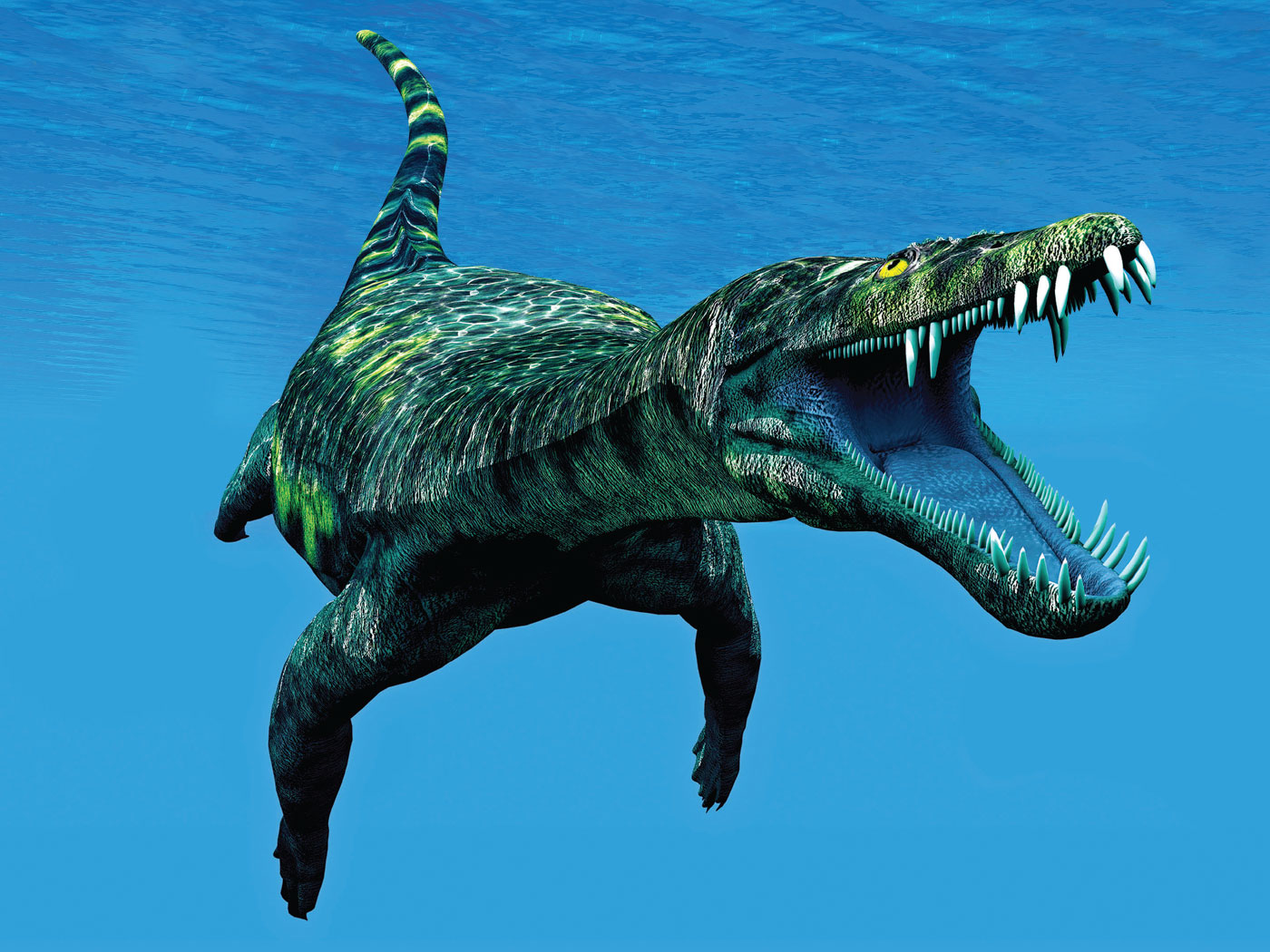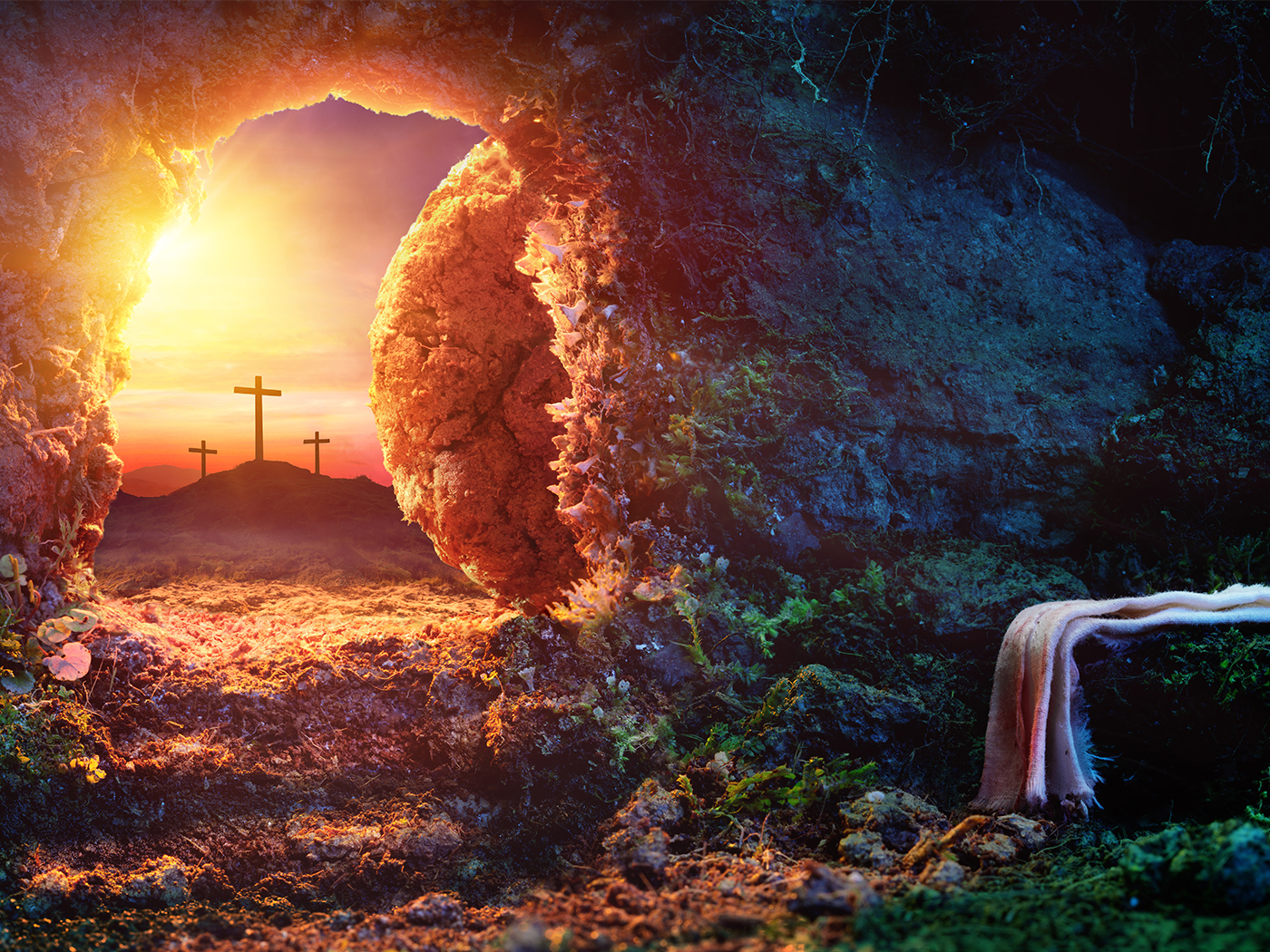According to modern evolutionary theory, the recipe for life is a chance accumulation of carbon, hydrogen, nitrogen, and oxygen; add a pinch of phosphorus and sulfur, simmer for millions of years, and repeat if necessary. As a Ph.D. organic chemist, I am trained to understand the principles of chemistry, but this is not how chemicals react. Chemicals reacting with chemicals is a chemical reaction, and chemical reactions do not produce life. Life must create life. In the chemical literature, there is not a single example of life resulting from a chemical reaction. If life from chemicals were possible, it would be called spontaneous generation, an idea that scientists once thought happened in nature. Centuries ago, scientists used to believe that bread crumbs turned into mice because if you left bread crumbs on a table and returned later, the crumbs were gone and only mice were present. When true science got involved, they learned the truth that bread crumbs only attracted the mice that ate the crumbs. These scientists were quick to propose a theory that sounded reasonable until, that is, they studied the process and learned otherwise.
Proteins and DNA are complicated chemical molecules that are present within our body. Cells which make up the living body contain DNA, the blueprint for all life, and proteins regulating biochemical processes, leading scientists to conclude these components are the cause of life. While it is true that all living bodies have proteins and DNA, so do dead bodies. These chemicals are necessary for life to exist, but they do not "create" life by their presence; they only "maintain" the life that is already present. However, this is not the only problem with the "life from chemicals" theory.
Why do evolutionists vehemently proclaim the "life from chemicals" theory? Because if proteins and DNA only maintain life without creating it, then something else must have accomplished its origins. Evidence such as this points to an Omnipotent Creator, but they are not willing to make that concession.
Scientists can only look at life as it exists today, and try to determine how life originated in the past. They look at the end result and try to determine the process by which it was formed. Imagine looking at a photograph and trying to determine the brand of camera that was used to take the picture. Could you do it? Evolutionists have the same problem when they claim that life comes from chemicals. They look at the end result and propose a theory without ever observing the process. Scientists cannot study the past. Scientists can only look at the present and make theories about what happened in the past that would make the present the way it is today. When evolutionary scientists study the origins of life, they propose that all life resulted from chemical reactions by natural processes, overlooking the fact that chemical processes do not "naturally" behave in this manner. If you accepted chemical reactions as they occur, you would not believe that life came solely from chemicals. Is it legitimate to propose that evolution started in some primordial soup, when the long chain polymers that are present in proteins and DNA are so complicated that the level of chemical control needed during the chain building process is beyond the realm of natural chemistry?
Let's take a closer look at proteins and DNA, and the problems of their synthesis by evolutionary processes. Proteins are long polymers of amino acids linked in a chain. There are thousands of proteins within the human body, and they all differ by the sequence of the amino acids on the polymer chain. DNA (deoxyribonucleic acid,) is a polymer of nucleotides. Nucleotides themselves are complicated chemical molecules consisting of a deoxyribose molecule and a phosphate chemically bonded to one of the following heterocycles: guanine, cytosine, thymine, and adenine. Although there are only four different heterocycles, the DNA chain contains billions of nucleotides connected together in a long precisely ordered chain. The sequence of the human DNA chain is so complicated, that even with the sophisticated scientific equipment available today, we still do not know the complete sequence. Proteins and DNA contain a unique order of the individual components. The order of the individual components is not a repeating pattern such as ABABAB or AABBAABB, but it is not a random order either. The order in these natural polymers is very precise, and it is this highly ordered sequence that allows these polymers to perform their intended purpose in the human body. If the sequence is changed even slightly, the altered polymer is no longer capable of performing the same function as the natural protein or DNA. If these polymers were formed by evolution in some primordial soup, then we should be able to explain how natural chemical processes were responsible for forming the sequence of amino acids. Evolutionists would say that amino acids eventually combined to form proteins and the nucleotide molecules combined to form DNA, and from them, life. To someone not trained in chemistry, this might sound like a reasonable process, but this is not how chemical reactions work.
Chemists are trained to understand the mechanisms of how molecules react and how to activate molecules so they will react predictably and in a controlled fashion. If a chemist wanted to synthesize the polymer chain of proteins or DNA in the laboratory, the starting compounds must be first activated so that they will begin to react. The chemist must then control the reactivity and the selectivity of the reactants so that the desired product is formed.
The problem with life arising from chemicals is a three-fold problem: chemical stability, chemical reactivity, and chemical selectivity during the chain building process. But evolutionists propose that these complex polymer chains built themselves in a precise, unlikely pattern, without an intelligent chemist controlling the reactions.
Chemical Stability
Chemical stability is a question of whether the components can even react at all. By definition, all components in a hypothetical primordial soup would be stable, because if they were not, they would have already reacted. Amino acids are relatively stable in water and do not react to form proteins in water, and nucleotides do not react to form DNA. In order to make amino acids and nucleotides react to form a polymer, they must be chemically activated to react with other chemicals. But this chemical activation must be done in the absence of water because the activated compounds will react with water and break down. How could proteins and DNA be formed in a hypothetical primordial watery soup if the activated compounds required to form them cannot exist in water? This is the problem of Chemical Stability.
Chemical Reactivity
Chemical reactivity deals with how fast the components react in a given reaction. If life began in a primordial soup by natural chemical reactions, then the laws of chemistry should be able to predict the sequence of these chains. But when amino acids react chemically, they react according to their reactivity, and not in some specified order necessary for life. As the protein or DNA chain is increasing in size through chemical reaction, we should see the most reactive amino acid adding to the chain first, followed by the next most reactive amino acid, and so on.
Let's assume that we begin with the sequence R-T-X, and will add two amino acids "B" and "A" to it. If amino acid "B" is the most reactive amino acid, the sequence would be R-T-X-B-A. However, if "A" is the most reactive amino acid, then the sequence would be R-T-X-A-B. In a random chemical reaction, the sequence of amino acids would be determined by the relative reactivity of the different amino acids. The polymer chain found in natural proteins and DNA has a very precise sequence that does not correlate with the individual components' reaction rates. Since all of the amino acids have relatively similar structures, they all have similar reaction rates; they will all react at about the same rate making the precise sequence by random chemical reactions unthinkably unlikely. This is the problem of Chemical Reactivity.
Chemical Selectivity
Chemical selectivity is a problem of where the components react. Since the chain has two ends, the amino acids can add to either end of the chain. Even if by some magical process, a single amino acid "B" would react first as desired for the pre-determined life supporting sequence followed by a single amino acid "A," the product would be a mixture of at least four isomers because there are two ends to the chain. If there is an equal chance of amino acid "B" reacting in two different locations, then half will react at one end, half at the other end. The result of adding "B" will form two different products. When the addition of amino acid "A" occurs, it will react at both ends of the chain of both the products already present. As in the previous example, the major products would be R-T-X-B-A and A-R-T-X-B as well as A-B-R-T-X and B-R-T-X-A and others. The result is a mixture of several isomers of which the desired sequence seldom results, and this is the problem with only two amino acids reacting. As the third amino acid is added, it can react at both ends of four products, and so on, insuring randomness, not a precise sequence.
Since proteins may contain hundreds or thousands of amino acids in a sequence, imagine the huge number of undesired isomers that would be present if these large proteins were formed in a random process. Evolutionists might argue that all proteins were formed in this manner, and nature simply selected the ones that worked. However, this is only an ad hoc assumption and it ignores the fact that we do not have billions of "extra" proteins in our body. Furthermore, nature is not intelligent. There is nothing in nature to do the selecting all-the-while splicing together non-functioning (therefore non-selectable) amino acids toward a working whole. Evolutionists say that nature is blind, has no goal, and no purpose, and yet precise selection at each step is necessary. This is the problem of Chemical Selectivity.
The chemical control needed for the formation of a specific sequence in a polymer chain is just not possible in a random process. The synthesis of proteins and DNA in the laboratory requires the chemist to control the reaction conditions, to thoroughly understand the reactivity and selectivity of each component, and to carefully control the order of addition of the components as the chain is building in size. The successful formation of proteins and DNA in some primordial soup would require the same control of the reactivity and selectivity, and that would require the existence of a chemical controller. But chemicals cannot think, plan, or organize themselves to do anything. How can chemicals know what it is they're making? How can a chemical reaction make a protein or DNA, put it in an eye, heart, or brain, and do it without a controlling mechanism that knows what the end product is supposed to look like? This sounds much more like the work of an Omniscient Creator. Evolutionists have always been quick to claim that life came from chemicals, but their theory does not hold up to scientific scrutiny. Evolution claims that random chance natural processes formed life as we know it, but they fail to mention that their theory is anything but random or natural! This is the false logic of evolution. Evolutionists just hope you don't know chemistry!
*Dr. Charles McCombs is a Ph.D. organic chemist trained in the methods of scientific investigation, and a scientist who has 20 chemical patents.
Cite this article: McCombs, C. 2004. Evolution Hopes You Don’t Know Chemistry: The Problem of Control. Acts & Facts. 33 (8).





